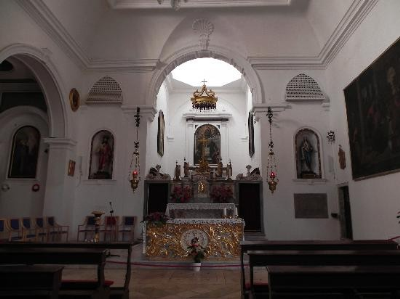
© Facebook Finestre sull'Arte
До Словенії повертають La Pala della Madonna col Bambino — один із найцінніших пізніх творів венеційського художника Вітторе Карпаччо, створений у 1518 році для францисканської церкви San Francesco у Пірані. Вівтарний образ, який протягом десятиліть вважався частиною італійської культурної спадщини, нарешті повертається до місця, для якого його було написано. Під час Другої світової війни твір був вивезений із Пірана до Італії, коли територія належала Provincia religiosa del Santo. Це рішення стало частиною масштабної кампанії захисту мистецьких скарбів. Спершу вівтар перевезли до Villa Manin у Passariano di Codroipo — маєтку графа Leonardo Manin, тимчасово перетвореного на великий сховок для творів мистецтва з регіонів Friuli, Venezia Giulia та Istria. Після політичного хаосу, що настав 1943 року, контакт з Пірано було втрачено: місцевих ченців заарештували представники SS. Тому подальшу долю твору вирішували у Падуї, де 29 жовтня 1943 року вівтар передали до конвенту Basilica del Santo. У 1995 році в Museo Antoniano в Падуї твір нарешті виставили для огляду, сподіваючись водночас стимулювати офіційний діалог між словенськими та італійськими інституціями щодо його повернення. У наступні роки вівтар було відреставровано та представлено на кількох престижних експозиціях.
Diplomatic and political tensions have arisen in Slovenia over the return of a work by the Italian master Vittore Carpaccio.
Slovenia is receiving back La Pala della Madonna col Bambino — one of the most significant late works by the Venetian painter Vittore Carpaccio, created in 1518 for the Franciscan church of San Francesco in Piran. The altarpiece, long considered part of Italy’s cultural heritage, is finally returning to the place for which it was originally painted. During the Second World War, the work was removed from Piran and transferred to Italy, at a time when the area was under the jurisdiction of the Provincia religiosa del Santo. This decision was part of a broader campaign to safeguard artistic treasures. Initially, the altarpiece was moved to Villa Manin in Passariano di Codroipo — the estate of Count Leonardo Manin, temporarily converted into a major storage site for artworks from the regions of Friuli, Venezia Giulia and Istria. After the political upheaval of 1943, communication with Piran was lost: local friars had been arrested by the SS. As a result, the fate of the work was decided in Padua, where on 29 October 1943 the altarpiece was entrusted to the convent of the Basilica del Santo. In 1995, the Museo Antoniano in Padua finally placed the altarpiece on public display, hoping at the same time to encourage formal dialogue between Slovenian and Italian institutions regarding its restitution. In the following years, the work was restored and shown at several prestigious exhibitions.

©
628